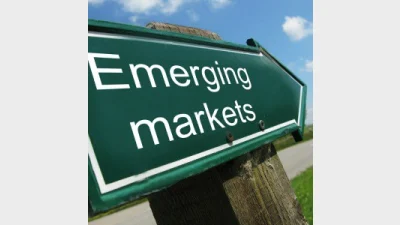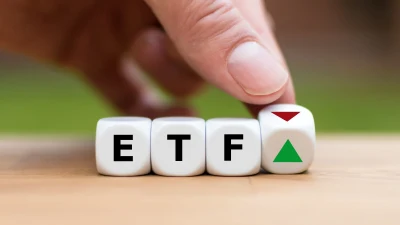EM underperformance means 'picking and choosing'



Investors are changing the way they approach emerging markets (EM), dumping traditional blanket coverage in favour of picking specific countries, according to two fund providers.
Traditionally, EM investors would buy into a wide range of countries like Brazil, Russia, Turkey and South Africa all at once via managed funds or exchange traded funds (ETFs).
However, the underperformance of EMs in recent years had caused many to change track and be more selective about which countries they are buying.
Zach Riaz, director and investment manager of Banyantree Investment Group, said that about three years ago his team started reducing their broad EM exposure and adding more to India and China.
“Close to 70 countries can be put into the EM category – within that group there’s a big divergence in underlying themes, fiscal and monetary policies, growth profiles and currency dynamics,” Riaz said.
“We prefer to look at EMs from the bottom up because of that divergence of themes and you need to really dig deep into what is important in these markets.”
Underperformance of traditional emerging markets indexes was part of the reason they had changed that approach.
“If you analyse EM returns over the last 10 years, the MSCI Emerging Markets Index is up around 4% or 5%, [while] developed market returns have been higher,” Riaz said.
“But if you look at India over the past 20 years, MSCI India delivered a solid return of 8% a year. It supports my view that a more focused approach is a better way to go.”
Riaz said there were a couple of other issues to consider, like how much India would be the beneficiary of the “world vs China story”.
“We may see manufacturing and services moving to India from China,” Riaz said.
“The other is that with the value rotation that is currently underway, the Indian Nifty 50 Index is about 40 per cent financials.”
Kanish Chugh, head of distribution ETF Securities, said the Indian economy was forecasted to become the third largest by 2030 according to research by Standard Chartered.
“However, India’s market capitalisation represents less than 3% of global equity markets,” Chugh said.
“As such, the major emerging markets indices and many emerging markets funds include only a small allocation to India.”
Recommended for you
Global X has announced the launch of its latest ETF, providing access to Japan’s largest companies under a low-cost structure.
ETF usage by high-net-worth investors is on the rise with allocations rising by a third in the past year but it lags behind direct equity exposure.
Real estate fund manager Quay Global Investors has listed two active ETFs on the ASX, providing investors with access to real estate equity portfolios.
T. Rowe Price has launched a multi-strategy credit fund in partnership with US firm Oak Hill Advisors to bring the strategy to Australia for the first time.












